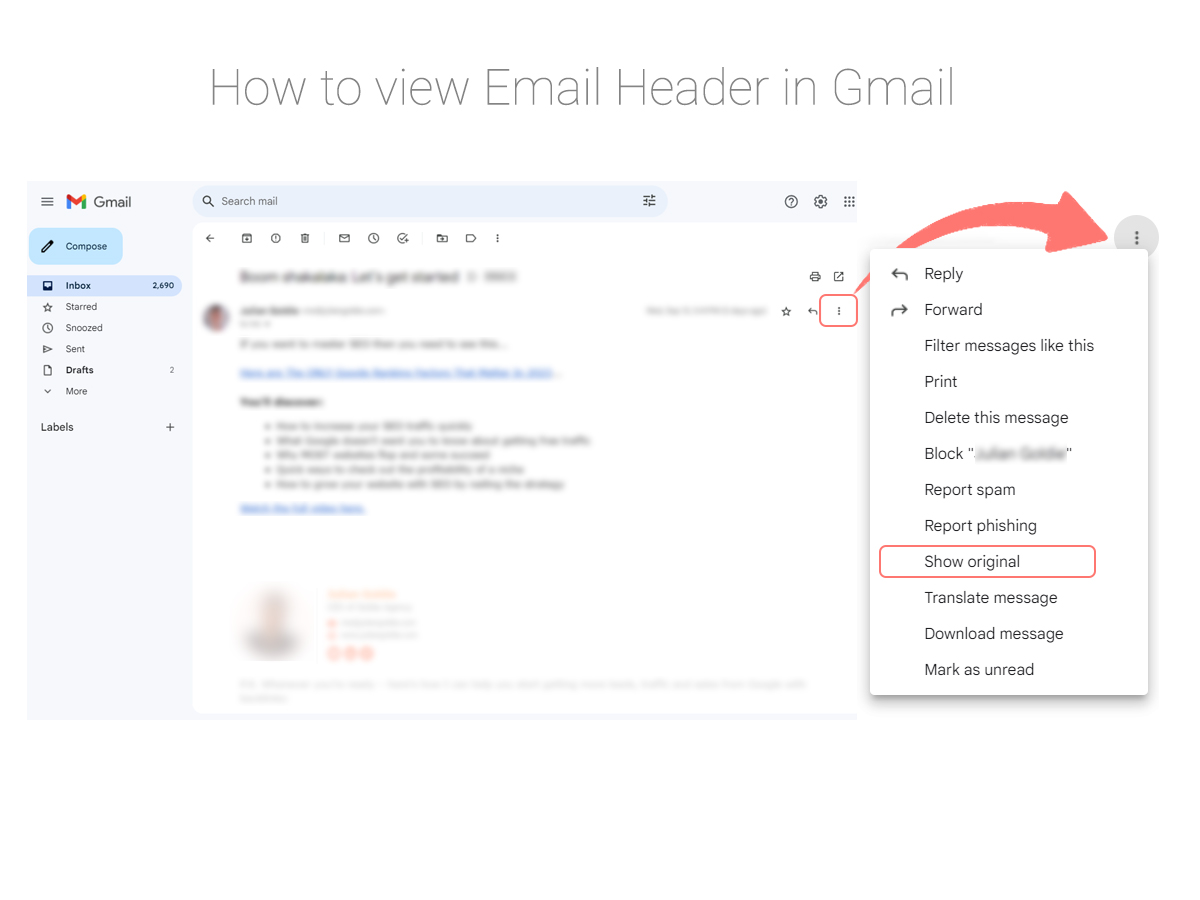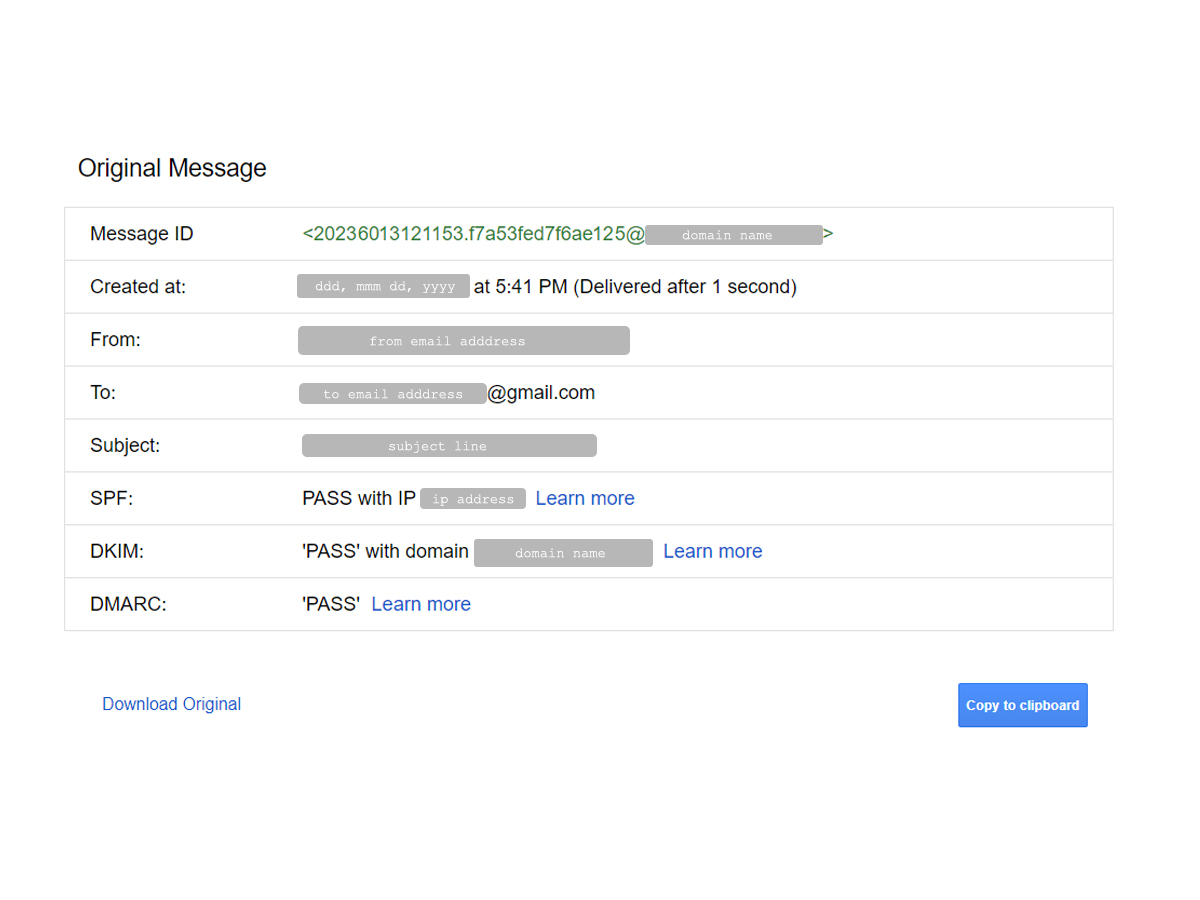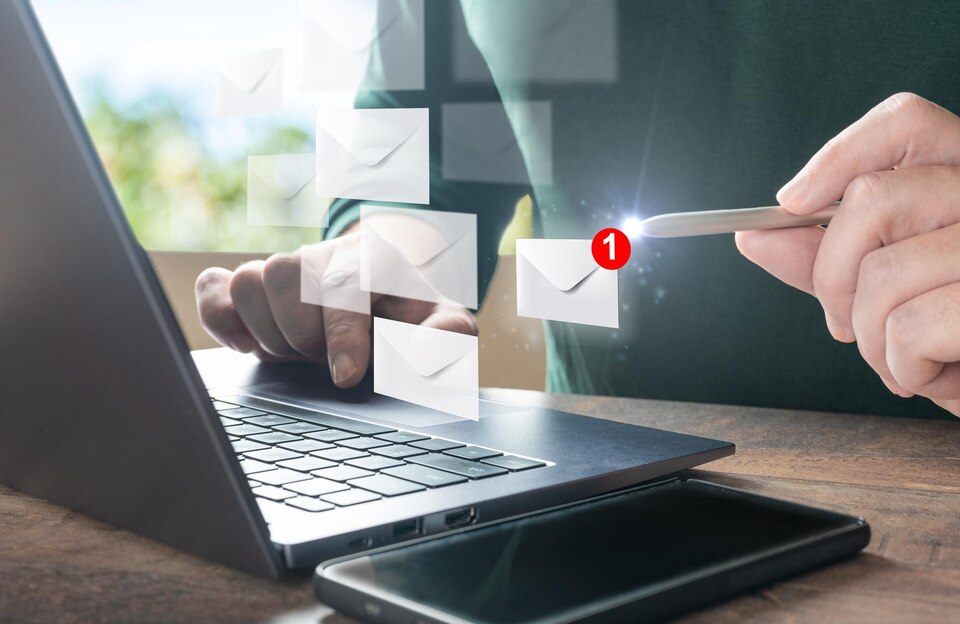Email Header Analysis – The Ultimate Guide 2023

Summary: Email Header Analysis is a vital process that unveils the hidden details of an email’s journey, its authenticity, and its significance in cybersecurity and cyber forensics. In this article, we delve into the intricacies of Email Header Analysis, its FAQs, and its critical role in today’s digital world.
Understanding Email Header Analysis
Email Header Analysis is like peering behind the scenes of an email. It’s akin to examining the fingerprints on an envelope before you open it. When you receive an email, you see the content, but there’s more to it than meets the eye. The email header, hidden from the average user, contains a treasure trove of information.
Imagine you receive an email from an unfamiliar sender, and you’re unsure if it’s legitimate. This is where Email Header Analysis comes to the rescue. It helps you verify the sender’s identity, trace the email’s journey, and understand its purpose.
How do you Analyze Email Headers?
Analyzing email headers is a meticulous process that involves several steps:
-
Obtain the Email Header
The first step is to obtain the email header you want to analyze. This can typically be done by accessing the email client or service you’re using and finding the option to view the email’s full header.
-
Understand the Email Header Structure
Email headers are usually in the form of plain text and consist of multiple lines. Each line contains specific information about the email’s journey from the sender to the recipient. You should familiarize yourself with the standard email header structure, which includes fields like “From,” “To,” “Subject,” and “Received.”
-
Locate the “Received” Lines
The “Received” lines in the email header provide a chronological record of the email’s path through various servers. Start by identifying and isolating these lines as they are crucial for tracing the email’s route.
-
Decode the “Received” Lines
Each “Received” line contains information about the server that handled the email at that point. Analyze each line, looking for the following details:- IP addresses and hostnames of the servers
- Timestamps indicating when the server received the email
- Identifiers or authentication information, if available
-
Trace the Email’s Route
Using the information from the “Received” lines, you can trace the email’s route from the sender to the recipient. Pay attention to any changes in servers or IP addresses, as they can indicate relays or forwarding.
-
Check for Authentication and Security Information
Analyze the header for any authentication mechanisms used, such as SPF (Sender Policy Framework) or DKIM (DomainKeys Identified Mail). These mechanisms can help verify the email’s legitimacy.
-
Identify Anomalies or Red Flag
Look for any anomalies or suspicious elements in the email header, such as mismatched domains, unusual server names, or unexpected relay points. These can be indicators of phishing or spoofing attempts. -
Research IP Addresses and Domain
If you encounter unfamiliar IP addresses or domains in the header, conduct research to determine their legitimacy. You can use tools like WHOIS lookup to gather information about domain ownership.
-
Document Your Finding
As you analyze the email header, document your findings in a structured manner. Include information about each “Received” line, any authentication checks, and any anomalies you discover.
What is Email Header Analysis in Cyber Forensics?
In the realm of cyber forensics, Email Header Analysis is a powerful investigative tool. It aids experts in reconstructing digital crime scenes:
- Identifying the sender’s location: IP addresses in the header can reveal the approximate geographic location of the sender.
- Establishing communication patterns: Analyzing multiple emails can unveil patterns and relationships between senders and recipients.
- Tracking digital footprints: Headers provide a trail of servers and systems the email passed through, aiding in tracking down cybercriminals.
What is the Best Way to Perform Email Header Analysis?
There are many tools and techniques available in the market. For a quick analysis, I follow these steps:
- Install an app called Email Forensics Wizard for obtaining the headers. This tool support almost all the email clients and file types.
- Use Microsoft Message Header Analyzer or Messageheader by Google.
- You can copy and paste the email header into the analyzer tool, and it will parse and display the information in a more readable format.
- For a comprehensive analysis of emails and email headers, you can go for email forensics tools.
- If you are well verse with Python, you can use the library like ‘email.header‘ for programmatically parsing the email headers.
What are the 7 Important Pieces of Information in an Email Header?
An email header consists of seven crucial pieces of information:
- From: The sender’s email address and name.
- To: The recipient’s email address.
- Subject: The email’s subject line.
- Date: The timestamp indicating when the email was sent.
- Received: A series of entries showing the servers the email passed through.
- Message-ID: A unique identifier for the email.
- MIME-Version: Information about the email’s format and capabilities.
Why is Email Header Analysis Important?
Email Header Analysis is critical for several reasons:
- Security: It helps detect phishing attempts and email spoofing by verifying the sender’s authenticity.
- Investigations: In cybercrime investigations, email headers provide essential clues and evidence.
- Privacy: Analyzing headers can reveal whether your emails are being tracked or compromised.
- Network Troubleshooting: It assists IT professionals in diagnosing email delivery issues.
Why Do We Analyze Email Headers?
Email Header Analysis serves various purposes:
- Security: To protect against malicious emails and cyberattacks.
- Compliance: Ensuring email communications adhere to organizational policies and legal requirements.
- Forensics: Gathering evidence and tracking the source of incriminating emails in legal cases.
- Optimization: Optimizing email delivery and troubleshooting email-related problems.
In Conclusion
Email Header Analysis is the unsung hero of email security and digital investigations. It empowers individuals and professionals to navigate the complex web of email communication with confidence. By understanding the intricacies of email headers, you gain the ability to safeguard your inbox and unveil the mysteries hidden within every email.


